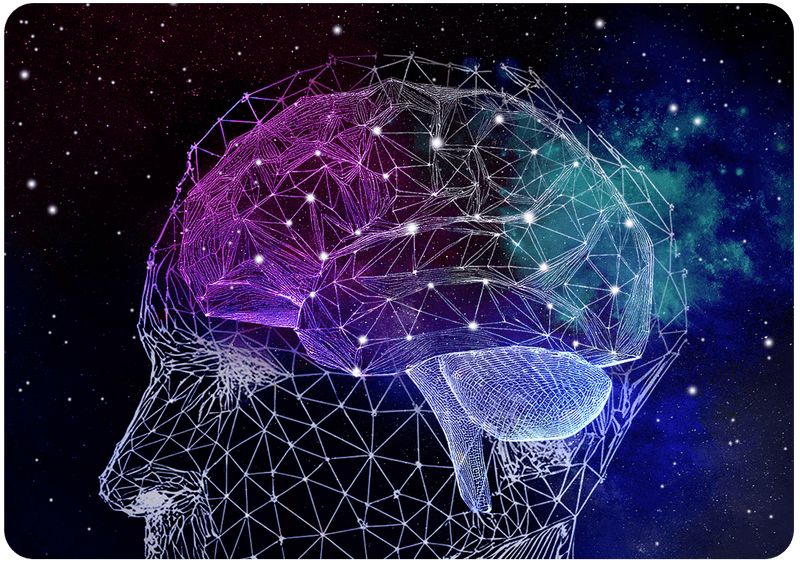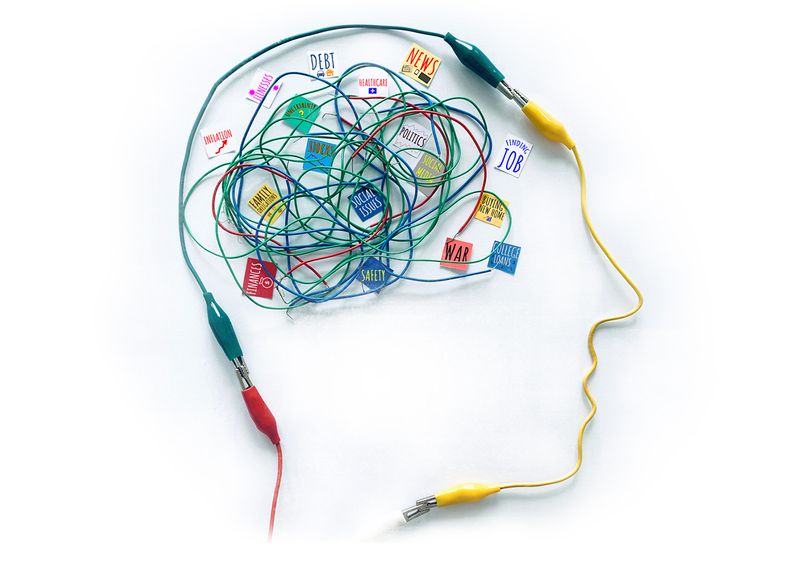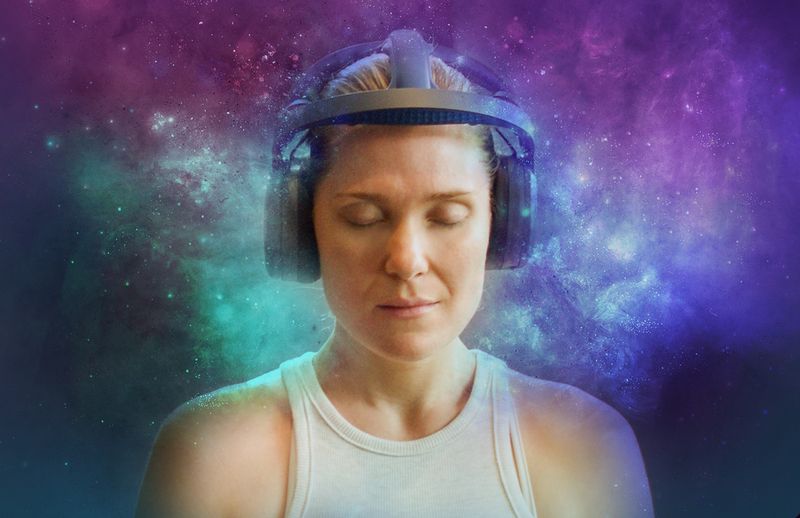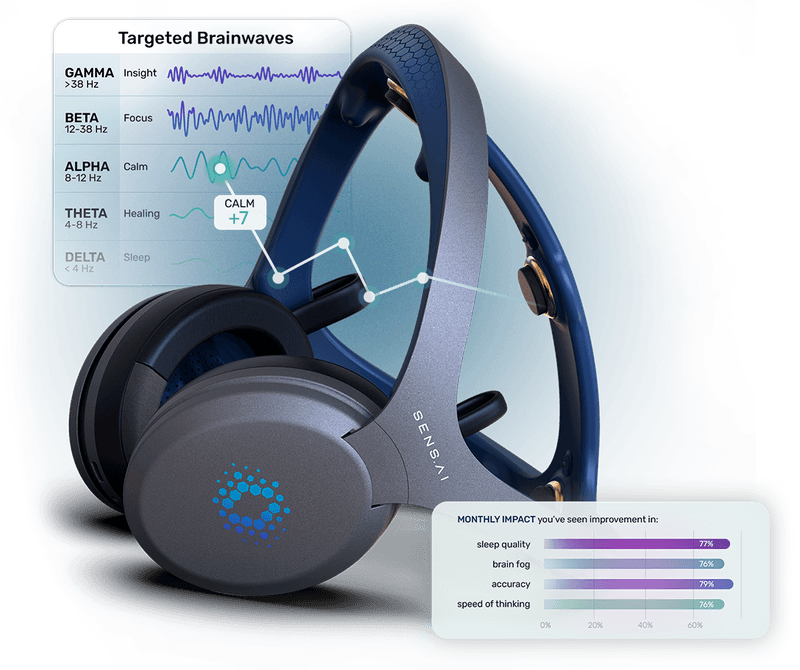Brain Networks
The Brain's Inner Ecosystem

Beyond individual brainwaves lies a deeper layer of coordination — your brain’s networks. These interconnected systems power your ability to think, feel, move, and adapt. Understanding them reveals how your brain operates as a whole.

What Are Brain Networks?
Brain networks are systems of brain regions that work together as systems to handle key cognitive and emotional tasks. Rather than working in isolation, different parts of the brain form dynamic pathways of communication that support functions like attention, memory, and decision-making.
These networks are active in the background even when you're not doing anything in particular. They're the foundation of mental performance and self-regulation.
Major Brain Networks
Your brain has several key networks, each with distinct roles:
- Default Mode Network (DMN): Active during rest, introspection, and self-reflection.
- Central Executive Network (CEN): Engaged when you focus, plan, and solve problems.
- Salience Network (SN): Monitors the environment and decides what deserves attention.
- Dorsal Attention Network (DAN): Supports goal-directed attention.
- Sensorimotor Network (SMN): Coordinates movement and physical awareness.
- Visual Network: Processes visual input and imagery.
These networks constantly shift and collaborate depending on what you're doing or feeling.
Why Networks Matter
Balanced, well-connected brain networks are a hallmark of cognitive health. Disruptions in how these networks communicate can show up as anxiety, brain fog, inattention, or emotional dysregulation.
Modern neuromodulation technology aims not just to stimulate or calm the brain—but to optimize how these networks function together. That’s where advanced assessments and training protocols come in.


The Rich Club Network: Your Brain’s Command Hub
Among all networks, one stands out: the Rich Club Network. It’s a dense hub of high-performing brain regions that connect and coordinate activity across all major networks.
This network acts like a conductor in an orchestra — ensuring different sections play in harmony. It's central to flexible thinking, problem-solving, and adapting to change.
Modern brain technologies that position their sensors along this network (across the midline) can target these high-value integration points.
Neuromodulation of the Networks
Neurofeedback can train flexibility, efficiency and improved connectivity in these large scale brain networks. Photobiomodulation increases efficient blood flow to these brain networks which increases oxygenation, nutrients and waste removal. Better blood flow decreases inflammation. Further, with Photobiomodulation mitochondrial fission, fusion and biogenesis is increased; these will in turn improve myelination and neurogenesis. Furthermore, if neuromodulation technologies are targeting the rich club network of the brain, they are able to affect the following key large scale brain networks: Executive, Default and Salient.
Your Brain’s Highway System
Think of your brain as a city, with different regions as neighborhoods. Brain networks are the highways that connect them. The better those highways function, the faster and smoother information flows. When traffic flows efficiently, the whole city thrives. But when a highway is blocked or overused, the system slows down, and problems appear in unexpected places.


Ready to try Brain Training?
Whether you want better sleep, sharper focus, or to evolve into your highest potential—Sens.ai was built for your journey.
